regimes
Usage
>> regimes [ direction | count | reference ]
Security
Unsafe.
Description
Sets and returns information about the regimes. These are only used if the regimes mode is in use (see sampling). This is intended for use when the instrument is integrated into moving platforms.
direction [= <direction>]
ascending indicates that the instrument is intended to ascend in the water column.
descending indicates that the instrument is intended to descend in the water column.
Note: the boundary values specified for each individual regime are the first boundary in the regime; so if the instrument is ascending, the boundary specified is the lower boundary; and vice-versa.
count [= <countvalue>] indicates the number of regimes that are set. The minimum number is 1 and the maximum number of regimes is 3.
reference [= <reference>]
absolute indicates that the absolute pressure is used as reference for the determination of the current regime and bin.
seapressure indicates that the sea pressure is used as reference for the determination of the current regime and bin. The sea pressure is the difference between the absolute pressure measured and the atmospheric pressure setting defined via the command settings.
Examples
>> regimes
<< regimes direction = ascending, count = 3, reference = absoluteThere are three specified regimes with the individual boundary values being interpreted as the lower values as the instrument ascends through the water column.
Errors
Error E0105 command prohibited while logging
Settings may not be modified while logging is in progress; reading them is permitted.
Error E0108 invalid argument to command: '<invalid-argument>'
The command was given with an argument which is unrecognized or has an invalid value; for example "regimes direction = horizontal", or "regimes count = 125".
Error E0109 feature not available
An attempt was made to use a feature which the logger is not configured to support.
